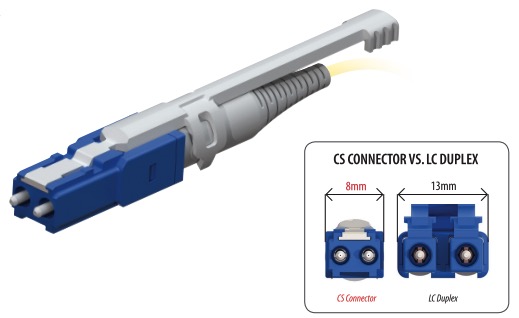What is a Point-to-Point (P2P) Cabling System?
The point-to-point (p2p) cabling system is constructed with direct connections. Patch cables are used to connect one device such as a router, switch, server or storage unit directly to another device. As the number of connections in a data center increases due to normal growth, a point-to-point cabling system is becoming difficult to maintain. Any additions or upgrades to equipment typically result in running another cable, which creates a web of bulky cables often referred to as “spaghetti cabling.” Aside from becoming confusing, a point-to-point cabling system raises potential problems, such as reduced airflow and stress on cables, which negatively affects data throughput. Reduced airflow decreases hardware life by making the machine work harder, thereby increasing the power consumption in a data center.
What is Structured Cabling?
A structured cabling system uses a Main Distribution Area, or MDA, into which all connections are run. The TIA-942 Standard defines the MDA as the central point of distribution for the data center structured cabling system. It is the area where the consolidation to the main cross-connects and the switches and routers takes place. All active ports are replicated in a passive area with the MDA. This means active equipment is not affected or disturbed.
